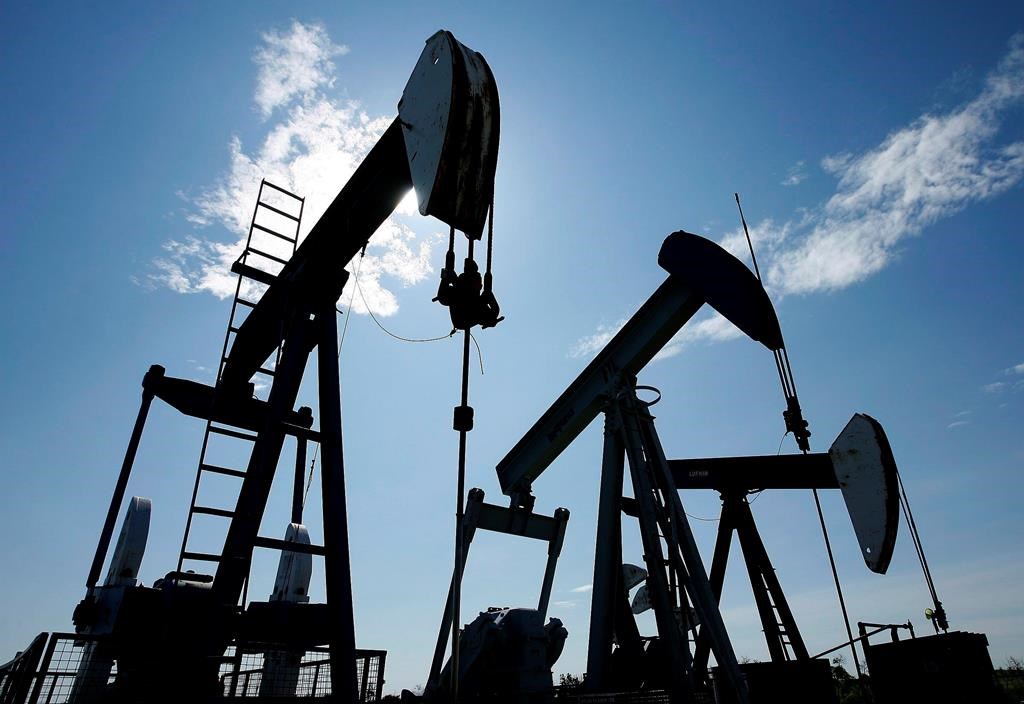Oil fell towards US $53 a barrel on Wednesday, under pressure from rising output from major members of the Organization of the Petroleum Exporting Countries (OPEC), as well as non-OPEC producers and due to concerns about an economic slowdown that could weaken demand.

Russian production hit a post-Soviet record in 2018, figures showed on Wednesday.
Other data showed U.S. output reached a record in October and Iraq boosted oil exports in December.
READ MORE: New carbon tax takes effect in SK, MB, ON, NB
Brent crude was 33 cents lower at $53.47 a barrel at 12:14 GMT. On Dec. 26, it hit $49.93, the lowest since July 2017. U.S. crude slipped 40 cents to $45.01.
“The omens are far from encouraging,” said Stephen Brennock of oil broker PVM, citing rising non-OPEC supply and the likelihood of further increases in oil inventories.
“The current bearish bias will therefore continue in the near term and it stands to reason that oil will struggle to break out from its current trough,” he said.
WATCH: Conservatives question final price of carbon tax

However, Nitesh Shah, director of research at WisdomTree, saw the prospect of a rebound for Brent because of an OPEC-led supply cut that starts this month and moderating U.S. supply growth.
“We believe we will see an upward correction,” he said. “Recent weakness in prices should slow the growth of U.S. shale production.”
Oil prices fell in 2018 for the first year since 2015 after buyers fled the market in the fourth quarter over growing worries about excess supply and the economic slowdown.
Surging shale output has helped make the United States the world’s biggest oil producer, ahead of Saudi Arabia and Russia. Oil production has been at or near record highs in all three countries.
U.S. President Donald Trump celebrated the low prices. “Do you think it’s just luck that gas prices are so low, and falling? Low gas prices are like another Tax Cut!” he wrote on his official Twitter account on Tuesday.
Adding to concern about a slowing global economy, a series of purchasing managers’ indexes for December mostly showed declines or slowing manufacturing activity across Asia, the main growth region for oil demand.
The signs of rising production illustrate the challenge facing the Organization of the Petroleum Exporting Countries and its allies, including Russia, which are seeking to prop up the market with a supply cut of 1.2 million barrels per day.
However, the energy minister for the United Arab Emirates, an OPEC member, said on Tuesday he remained optimistic about achieving a market balance in the first quarter.
- What is a halal mortgage? How interest-free home financing works in Canada
- Capital gains changes are ‘really fair,’ Freeland says, as doctors cry foul
- Budget 2024 failed to spark ‘political reboot’ for Liberals, polling suggests
- Starbucks looks likely to win U.S. Supreme Court case involving pro-union workers



Comments